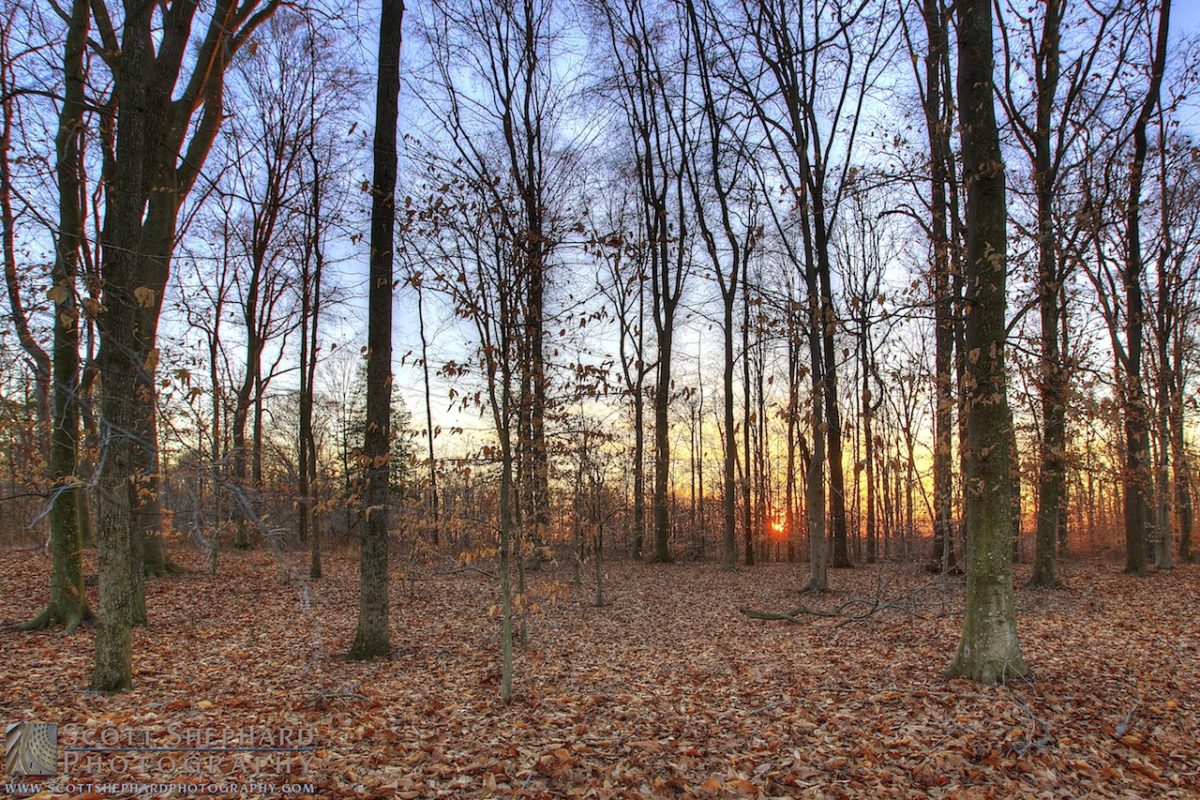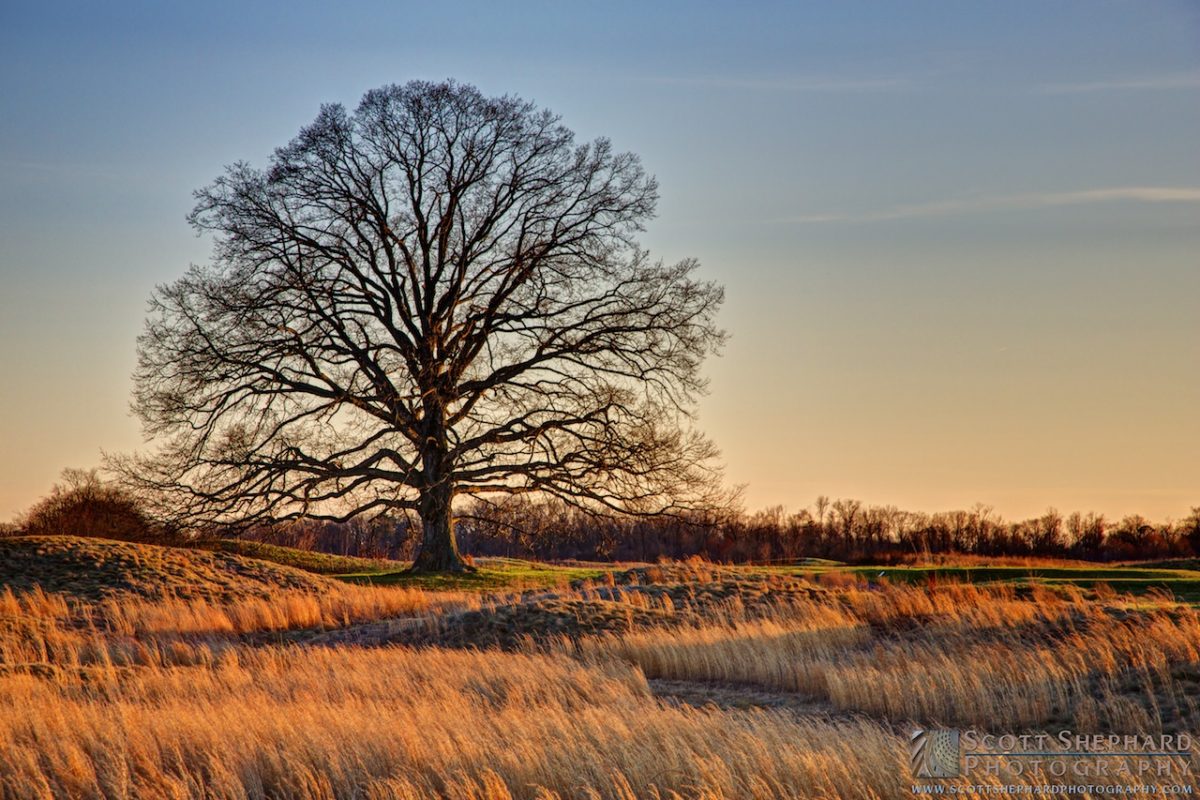Like yesterday’s tree, one gets a different view of ferns by looking underneath their leaves . . . .

Yesterday, the first year photo/media students and I went on a field trip to Minneapolis and St. Paul. Dennis Newman, the head of the program, accompanied us. The assignment he gave us on our photo shoot at the Como Park Conservatory and Zoo was “lines and light.” And so, when I had free time, I went hunting.
I’m not sure if this photo is what Dennis meant but it’s one of several that I took for the assignment. I’m not sure, frankly, if the photo is “good” or not, because I’m guessing that the casual observer might wonder what this is. So I’ll tell you.
What you are seeing involves an unlikely perspective and a trick of the camera. As I walked through the fern room at the Conservatory, I saw this fern, which was lit by strong sunlight, and I wondered what it looked like from the underside. So I got down on my knees. The trick of the camera is that I shot it at an aperture that would create a clear focal plane, with only the part that was brightly lit being in focus. Without a tripod, this is a challenge and so I took several.
But for now, this is my favorite.
Canon 5DIII 1/800s f/5.0 ISO320 100mm


















